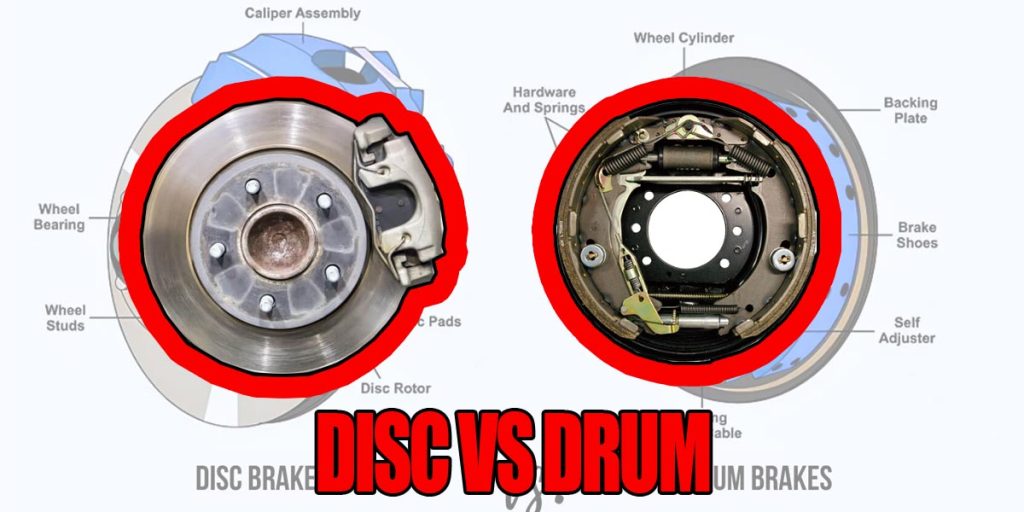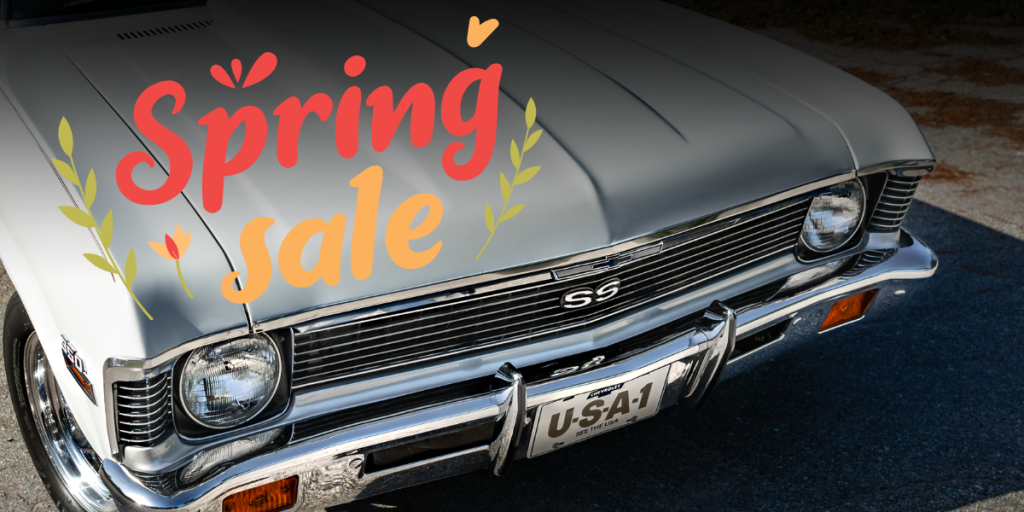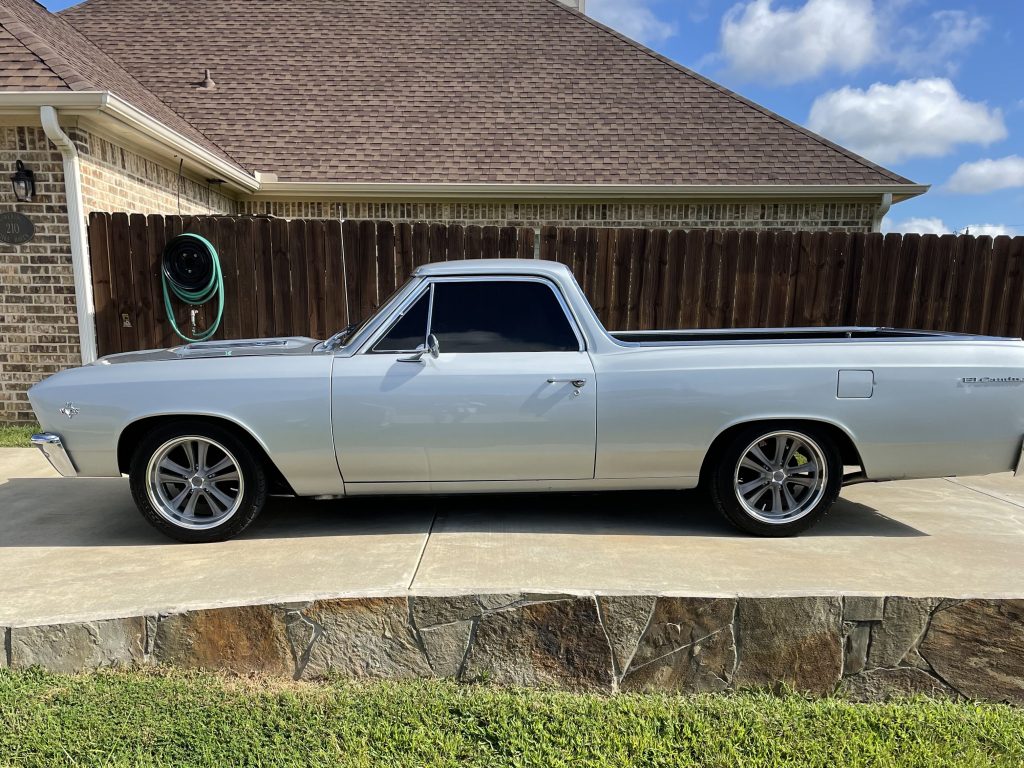Converting Your Classic To Powering Steering
Unless you’re going for a concours restoration or drag racing and want to shed the weight, there aren’t many reasons to keep manual steering on your classic car. Converting to power steering makes driving your classic a much more pleasurable experience – even though manual still works.
There are a few things you’ll need to convert to power steering. The biggest items would be a power steering gearbox, a power steering pump, along with all the lines and reservoirs to make it work. Luckily we have time saving kits to help with converting to power steering!
In most classic Chevelles, Camaros, Novas, C10’s, etc. we have brand new power steering gear boxes that will simply bolt right in place of a factory manual box. In the early Nova’s from 1962-1967 the power steering was handled with a slave cylinder that physically pushed and pulled on the linkage to offer assistance.
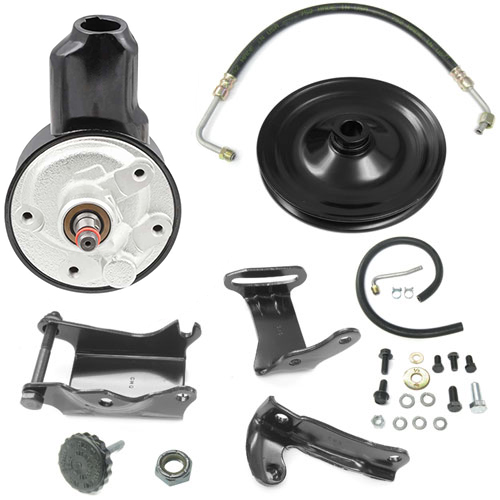
The harder part to figure out is a power steering pump. Again for most classic cars, this is a pretty easy process as we carry brackets to bolt a power steering pump onto just about any SBC, BBC, or LS Engine. But if you have an aftermarket set up it might be a challenge to get something to adapt to work. Most of the time the reservoir mounts directly to the pump – but in some cases, it’s remote mounted such as on a 1965-1968 Chevelle big block cars.
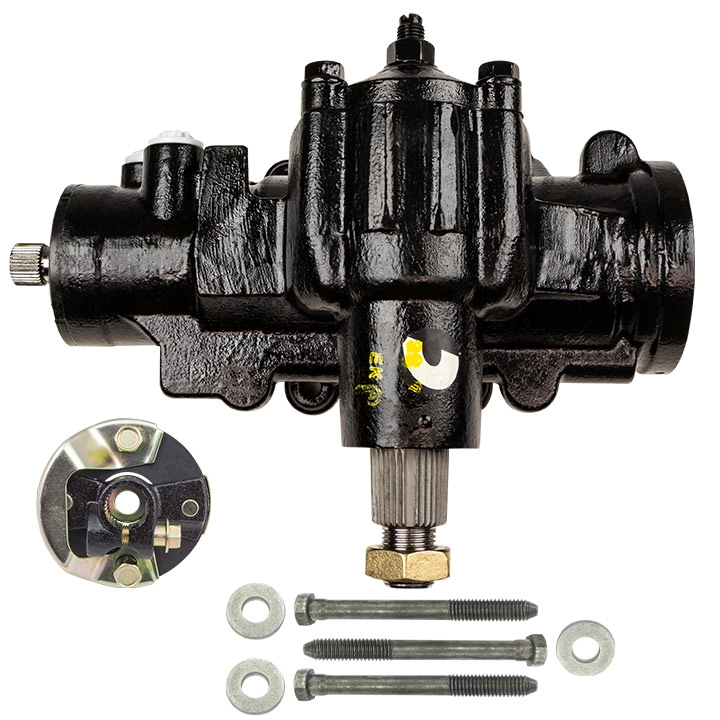
Lastly, you’ll need hoses to go from the pump and reservoir to the gearbox and back. If you’re using a factory pump and gearbox, then we will have those hoses for you. If it’s aftermarket you might have to make something work, or worst case have a local hose shop make one for you. There are also universal kits available too.
Installing Power Steering In Your Classic
Since there are so many applications, we are going to tell you the general steps for installing power steering. When you receive your kit, you will have detailed instructions for your particular setup. If you have any other questions, you can always give our friendly techs a call at (203) 235-1200
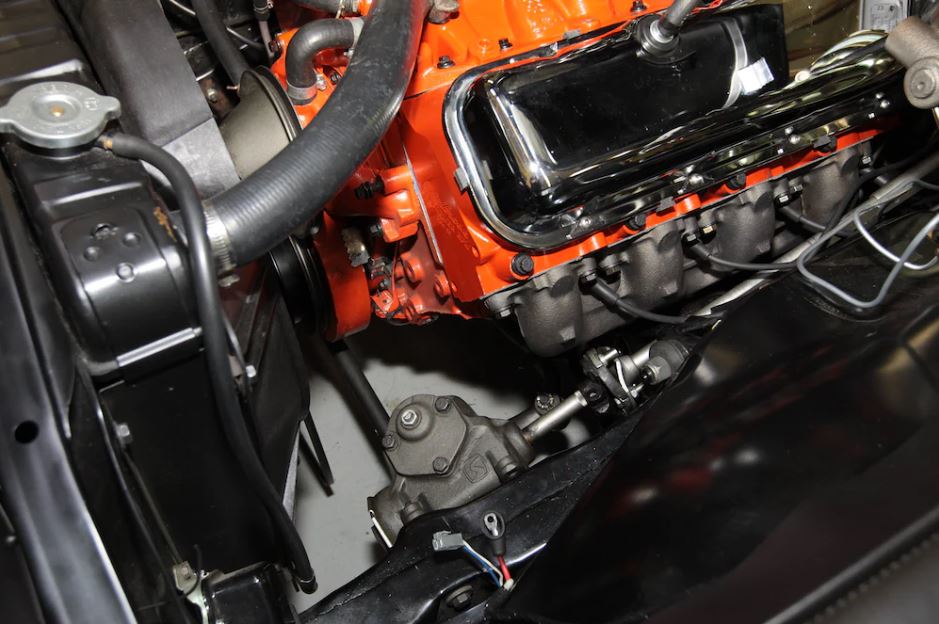
The first step is to get the front of the car in the air and secure it properly. Then you’ll want to unbolt the rag joint from the box, along with disconnecting the center link from the pitman arm. There’s no need to remove the pitman arm from the box as the power steering version uses a different pitman arm.

Unbolt the old box from the frame, and bolt up the new box. You’ll have to also install a new rag joint at this point, along with installing the new pitman arm to the box and center link.
The next step would be to install the pump on your engine. In some cases, this will require a new crank pulley for an extra groove. This is usually as simple as grabbing the brackets, bolting the pump to the block, and connecting the belt.

The last steps are to connect the pressure line from the pump to the box, along with a return from the box to the pump/reservoir. After filling the reservoir with fluid, start the engine and keep adding fluid until it doesn’t drop anymore. Then slowly cycle the wheel back and forth to bleed the system and you’re done!
If you need any help with the installation or figuring out what pump, pulley, and gearbox you need give our friendly techs a call at (203) 235-1200!


